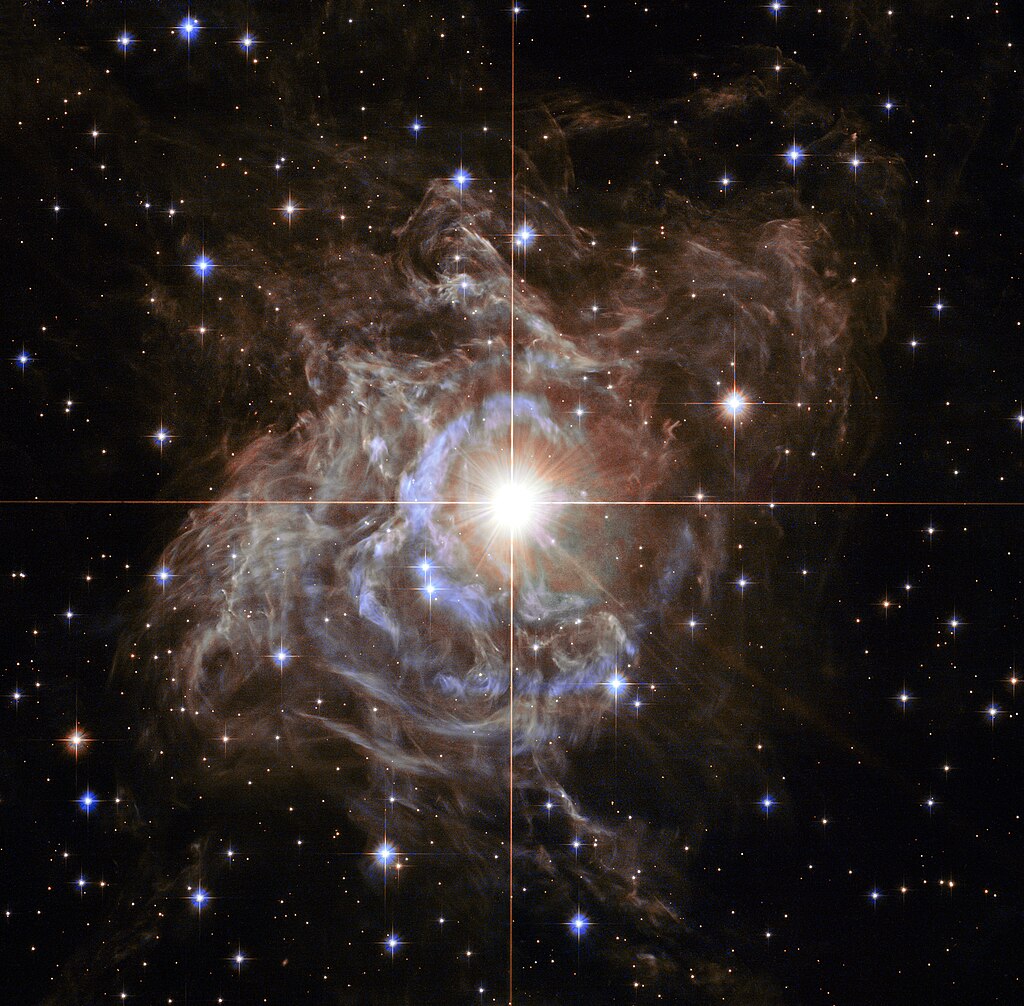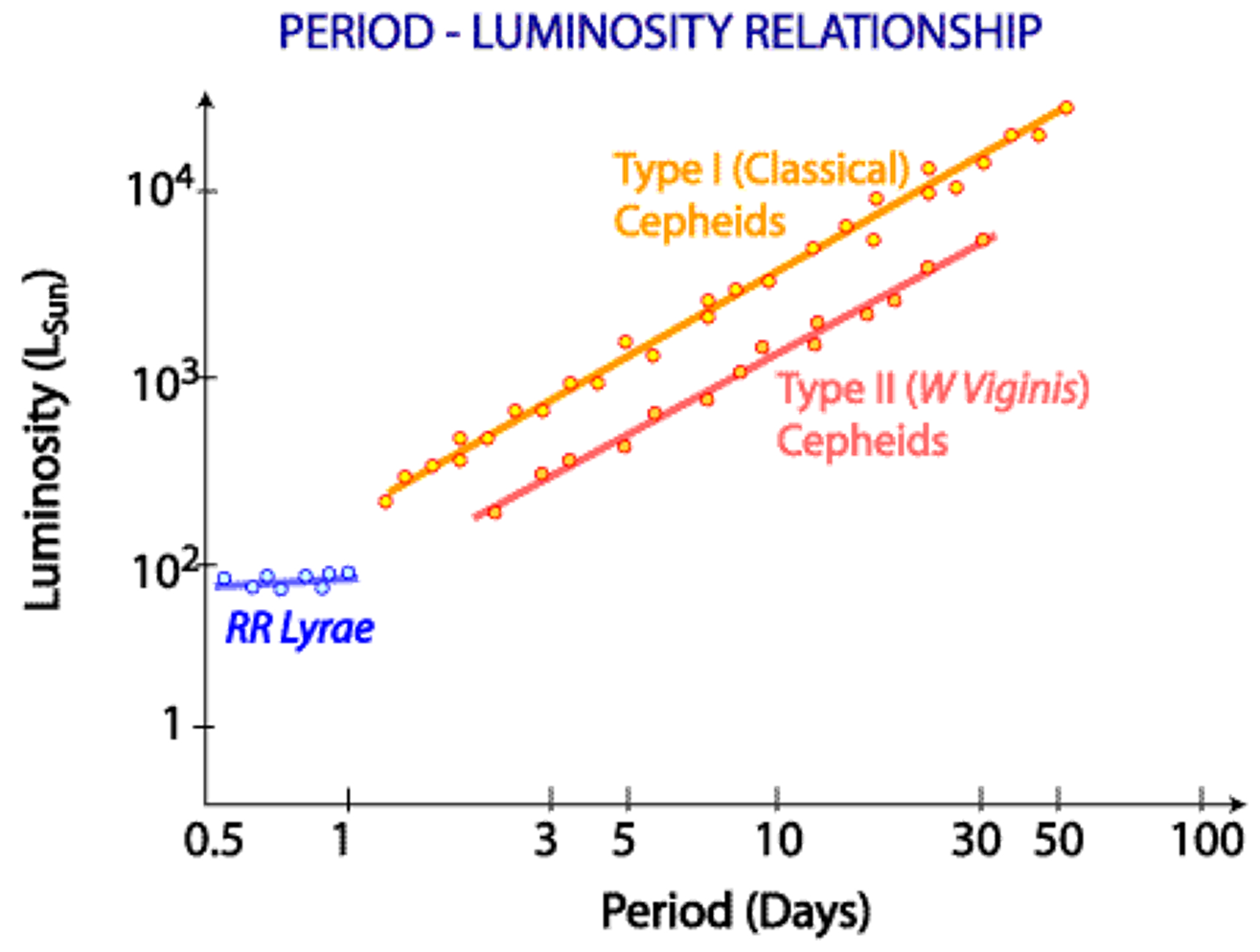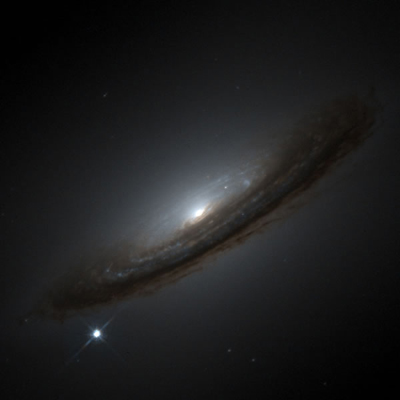Universal Measuring Sticks
How distances are measured in the vast, unreachable space around us.

Cepheid Variables
Apparent Brightness vs. Absolute Brightness
If all stars in the universe were the same, then could easily deduce their distance from Earth similarly to how we humans can gauge distances to a common candle - we know how bright it should be near us, so anything less than that must be due to its distance away from us. The brightness of a star from a set distance (10 parsecs or 32.6 light-years) is known as its absolute brightness
Period-Luminosity Relationship
Some stars, known as Cepheid variables, exhibit regular oscillations in their absolute brightness - the period of which reveals the star’s absolute brightness. This phenomenon was discovered between 1900-1910 by Henrietta Leavitt, an American astronomer (CSIRO, 2022) (Figure 1). By finding such stars, the distances to them, and hence the galaxy they may reside within, can also be deduced.

Type 1A Supernovae
Somewhat similarly, particular types of supernova, known as Type IA Supernovae (SNIa), exhibit time-related relationships with the decay of their brightness which can then be used to determine their absolute brightness. SNIa are dissimilar to traditional supernovae in that they do not occur due to the collapse of a massive star. Instead, SNIa are believed to occur as a result of a white dwarf star stealing plasma from a co-orbiting star within its binary system until the white dwarf crosses the Chandrasekhar limit (Cosmos, 2022). The Chandrasekhar limit is definted as the mass of a star that is 1.44 times that of our Sun - a limit, which if exceeded, will cause a star to collapse (including existing white dwarfs)
